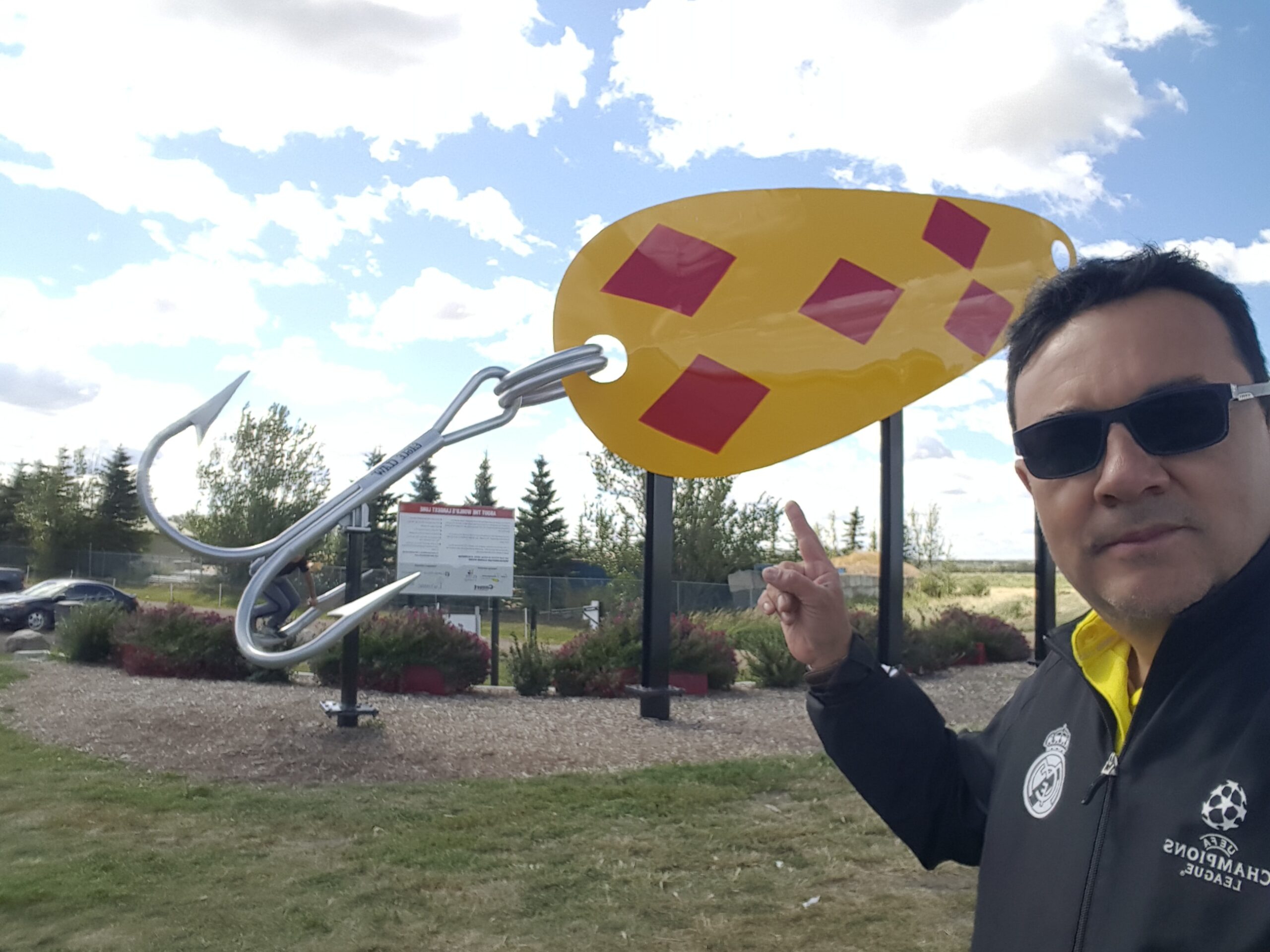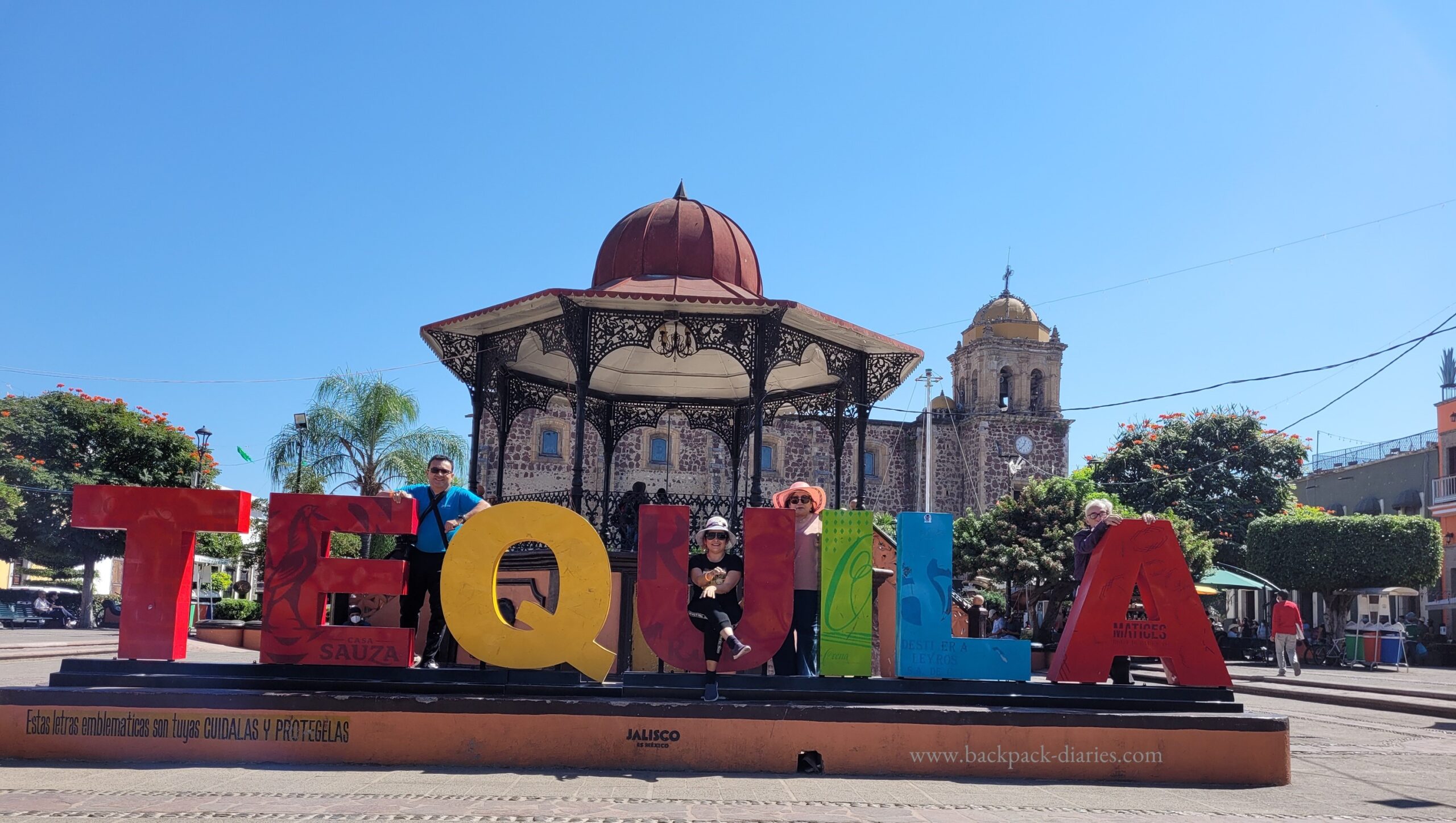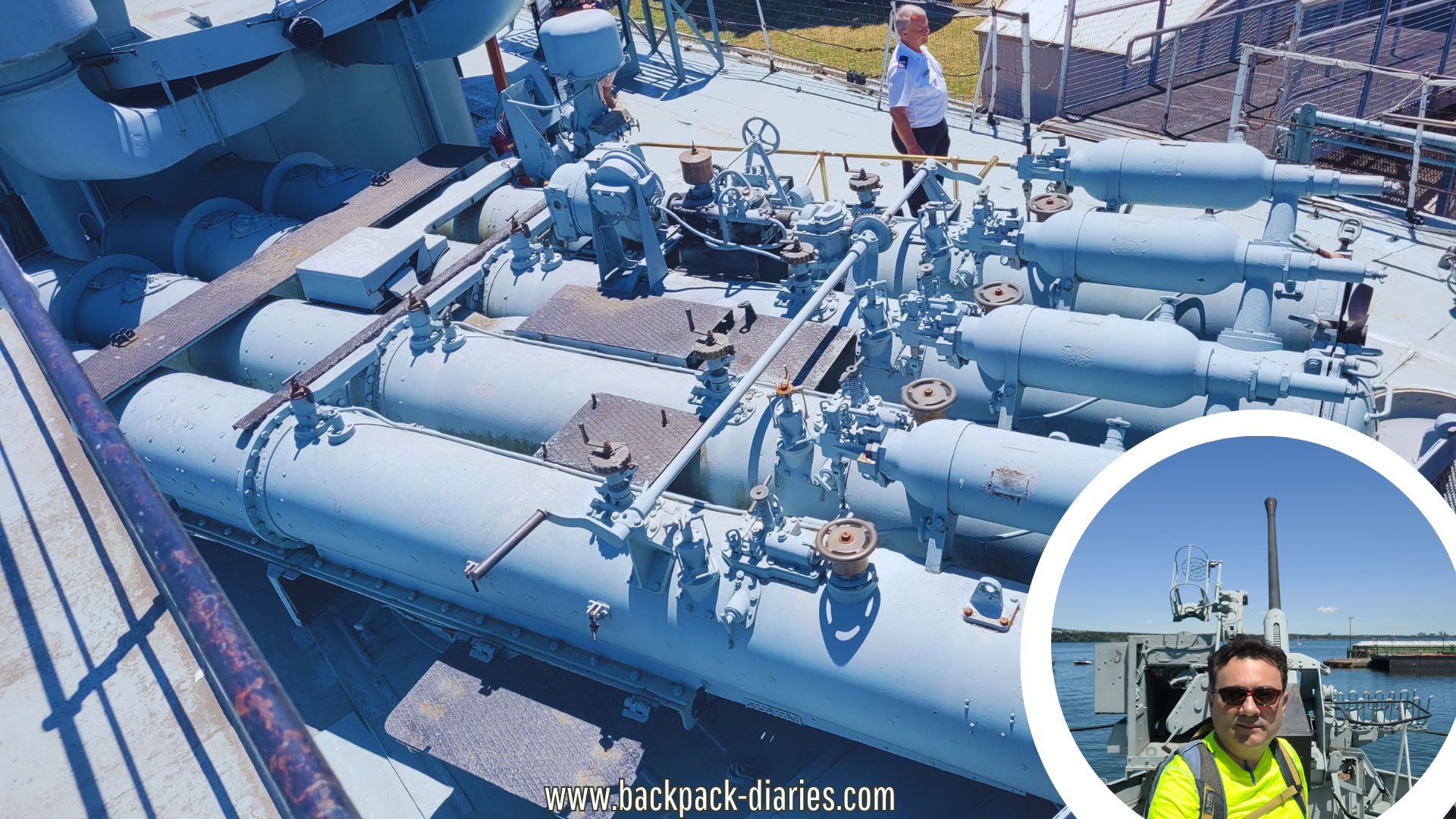Spanish version here.
This is a continuation of my blogpost : My visit to the most fightingest Canadian ship: “HMCS Haida”
Sorry, but whenever I hear the word “weapons” uttered, I’m very tempted to complete it with “of mass destruction.” A silly political Bush-joke of the early millennium😁.
Constructed with the most advanced allied weaponry of its era, HMCS Haida is renowned for its role in sinking 14 enemy ships during World War II.
Perhaps a genre thing, but I spent time understanding the HMCS Haida’s weapon system, so here is what I found.
Haida’s Weapons: 40 mm boffins mounted guns anti-aircraft
These Swedish-design guns fire at low-angle targets in the water. 4 40 mm anti-aircraft guns mounted on two separate platforms are interconnected via a ” catwalk “ passage. This catwalk was an addition in 1944 to make it safer to move around the ship.
These guns were easy to use, capable of 120 rounds per minute. These guns were easy to use, capable of 120 rounds per minute. However, as Captain Mike explained, one of the risks with these guns was the stuck shells, which happened when the barrel heated up on 🥵 hot days.

Haida’s Weapons: Twin 4” high angle anti-aircraft guns
These guns are mounted on the main and forecastle decks. They upgraded HMCS Haida’s weapons system since the original 4.7″ guns lacked enough defensive power against enemy aircraft.
The new, more powerful 4″ pair of anti-aircraft guns could fire up to 15 km away up to 85 degrees at a rate of 15 – 20 rounds per minute per barrel. At the peak of combat, 15 people operated this system, plus 12 supplying ammunition.
One of the guides aboard conducted a representation of the ammunition load process. A hoist would bring the ammunition up from the deck below to an opening and passed into a ramp, through the deckhead, and to the gun.

Haida’s Weapons: Squid anti-submarine mortar
Depth charges were the only anti-submarine weapons carried by HMCS Haida during a significant part of WWII. However, they proved ineffective against U-boats.
With the technological advancements in sonar, the squid mortars became a more effective system combining the features of an ahead-throwing weapon and the fusing and explosion of a depth charge. Each mortar weighs 177 kg / 390 lbs with an explosive charge of 94 Kg / 207 lbs. Once fired in sequence, they exploded simultaneously, one above and the other below the target, crushing the submarine’s hull. An elevator shaft in the middle of the room lifted the mortar bombs from the magazine two decks below and rolled to the side; then pushed through an opening in the bulkhead for the load into the weapon.

Haida’s Weapons: Torpedoes
The four torpedoes on the main deck are the only remaining armament from 1943. These torpedoes are 21-inch Mark IX British type, self-propelled by a diesel engine at a maximum speed of 45 knots.
Captain Mike explained the loading mechanism. A platform would rotate to the port side, crane up the torpedo, and fire over the ship’s side, landing in the water 10 feet away. Once the torpedo had traveled 600 mts away into its trip, it turned out fully armed. Each torpedo tube has a letter that makes the word “FIRE,” but when fired, they had to be in reverse order “ERIF.”

Certainly, prior to initiating the firing process, a series of knobs and shift levers needed to be manually calibrated using the gyroscope to project the desired depth and direction. Keeping this torpedo platform always greased and in good condition was fundamental and a very dirty job.
Firing a torpedo was a challenging decision since HMCS Haida carried only four. Thus, she had to go back to base to reload. Back then, German, American, and British destroyers used to carry a maximum of 12 torpedoes. Only the Japanese carried reloads, and their torpedoes were superior in technology . They employed pure oxygen for propulsion, with no visible trail and a 20 km range doubling the capacity of any of the allies.
Trace of the battles
Having participated in several battles, it is no surprise that some of the impacts received in combat remain today.
Captain Mike showed me one of these impacts that really enraged the captain back then. It happened during combat off the coast of France, a 40 mm German shell went through the captain’s cabin and destroyed his golf clubs 🏌️.

The impostor
Captain Mike also told me the anecdote about the impostor who conned the Royal Navy around 1950. It happened not on HMCS Haida but on her sister ship, HMCS Cayuga.
It was 1950, and the Royal Navy was short of medical personnel; Ferdinand Waldo Demara, an American impostor took advantage of this shortage. He impersonated Dr Cyr from Grand Falls, New Brunswick by stealing his credentials and diplomas. FBI was aware of Ferdinand’s activities; he had been trained as a medic by the army but was dishonorably discharged.
During his time impersonating Dr Cyr, the Royal Navy recruited him as a doctor and assigned him to the HMCS Cayuga during the Korean War.
His labor as a doctor made a good impression on the Canadian Navy officers. When his superiors sent a dispatch note about his work, it became public in the Brunswick newspaper. When Dr Cyr’s mother read the news, she knew her son was not in the Navy, and Dr. Cyr discovered his credentials and diplomas had gone missing.
Canadian Navy officials and the FBI in Vancouver jointly apprehended him. Tony Curtis played his character in the film “The Great Impostor” (1961).

The place
Retired Navy officers made efforts to preserve HMCS Haida as a museum ship instead of scrapping it after its decommissioning in 1963.
There is a green and comfortable rest area with red chairs and picnic tables. Informative plaques and artifacts like a land mine, a sonar dome, a torpedo housing, and propellers lay on exhibition.
Several ammunitions are on display in the gift store.

HMCS Haida serves as a reminder of Canada’s naval heritage and the sacrifices made by the men and women of the Royal Canadian Navy during the conflicts of the 20th century. She remains a piece of living history that I highly recommend visiting.

Main Street Hamilton
It was a scorching day. I rode back onto the main avenue in Hamilton, found a comfortable restaurant patio, and tried a Portuguese beer 🍺.

If you missed the first part of this blogpost, you can find it here.
Your feedback, comments, likes, and shares are always welcome. If you find this post interesting, please share it with others, or you can follow my Facebook page or Instagram.
I also invite you to check out my previous post about the “Pastorelas of Tepotzotlán: A Vibrant Celebration of Mexican Christmas Traditions”








